这是另一篇关于如何使用 PHP加载 3D 模型的文章。 在这里,我使用 Laravel 作为后端及其存储。 我在前端使用 Three.Js 库来渲染和显示 3D 模型。 我将向您展示如何上传 3D 模型以及如何从 Laravel 存储加载 3D 模型。 请仔细完成以下步骤。 大家可以在评论区提出任何问题。 在这里,我展示了一条主要路径,然后你可以根据自己的喜好对其进行自定义。

推荐:使用 NSDT场景设计器 快速搭建 3D场景。
1、创建 Laravel 项目
创建一个新的 Laravel 项目并创建新的模型、视图和控制器。 然后使用下面的命令链接存储。
php artisan storage:link
2、上传 3D 模型
你可以使用 HTML 和 Javascript 创建一个简单的表单。 我使用 Laravel blade文件来构建前端。
<form action="{{ route('model.store') }}" method="POST" id="file-upload" enctype="multipart/form-data">
@csrf
<div class="form-group row">
<label for="name" class="col-md-4 col-form-label text-md-right">Model Name</label>
<div class="col-md-6">
<div class="row">
<input id="name" type="name" class="form-control" name="name" required>
</div>
</div>
</div>
<div class="form-group row">
<label for="file_type" class="col-md-4 col-form-label text-md-right">File Type</label>
<div class="col-md-6">
<div class="row">
<select class="form-select" aria-label="Default select example" name="file_type" id="file_type">
<option value="gltf">GLTF</option>
<option value="obj">OBJ</option>
<option value="fbx">FBX</option>
</select>
</div>
</div>
</div>
<div class="form-group row">
<label for="file" class="col-md-4 col-form-label text-md-right">Upload Main File</label>
<div class="col-md-6">
<div class="row">
<input type="file" id="main" class="form-control" name="main" required>
</div>
</div>
</div>
<div class="form-group row">
<label for="file" class="col-md-4 col-form-label text-md-right">Upload Other Files</label>
<div class="col-md-6">
<div class="row">
<input type="file" id="files" class="form-control" name="files[]" required multiple>
</div>
</div>
</div>
<div class="form-group row">
<label for="preview" class="col-md-4 col-form-label text-md-right">Upload Preview Image</label>
<div class="col-md-6">
<div class="row">
<input type="file" id="preview" class="form-control" name="preview" required>
</div>
</div>
</div>
<div class="form-group row mb-0">
<div class="col-md-6 offset-md-4">
<button type="button" class="btn btn-secondary" onclick="window.history.back()">Close</button>
<button type="submit" class="btn btn-primary" id="product_save_btn">
Upload Model
</button>
</div>
</div>
</form>
使用 Ajax 调用提交表单:
$(document).ready(function() {
$('#file-upload').submit(function(e) {
e.preventDefault();
let formData = new FormData(this);
$.ajax({
type:'POST',
url: "{{ route('model.store') }}",
data: formData,
contentType: false,
processData: false,
success: (response) => {
console.log(response);
if (response.success) {
window.location.href = response.url;
}
},
error: function(response){
alert('Prescription has not been created successfully');
}
});
});
});
在后端,可以按如下方式实现 store() 方法:
/**
* Store a newly created resource in storage.
*
* @param \Illuminate\Http\Request $request
* @return \Illuminate\Http\Response
*/
public function store(Request $request)
{
$validator = Validator::make($request->all(), [
'name' => 'required',
'files' => 'required',
'file_type' => 'required',
'main' => 'required',
'preview' => 'required',
]);
if ($validator->fails())
{
return response()->json(['errors'=>$validator->errors()->all()]);
}
$date = date('Y-m-d');
$folder = $date.time();
$files = $request->file('files');
foreach ($files as $file) {
$file_name = $file->getClientOriginalName();
$fileName = pathinfo($file_name, PATHINFO_FILENAME);
try {
$path = Storage::disk('public')->PutFileAs($folder , $file, $file->getClientOriginalName());
} catch (\Exception $e) {
return false;
}
}
if ($request->hasFile('preview')) {
$file = $request->file('preview');
$file_name = $file->getClientOriginalName();
$imageName = time().'.'.$file->extension();
$preview_path = Storage::disk('public')->PutFileAs($folder, $file, $file->getClientOriginalName());
}
if ($request->hasFile('main')) {
$file = $request->file('main');
$file_name = $file->getClientOriginalName();
$imageName = time().'.'.$file->extension();
$path = Storage::disk('public')->PutFileAs($folder,$file,$file->getClientOriginalName());
}
return response()->json(['success'=> true, 'msg'=>'Record is successfully added', 'url'=> '/home']);
}
然后就可以在存储中看到上传的文件了。 它们被组织为单独的文件夹。 要显示 3D 模型,你需要路径 URL。
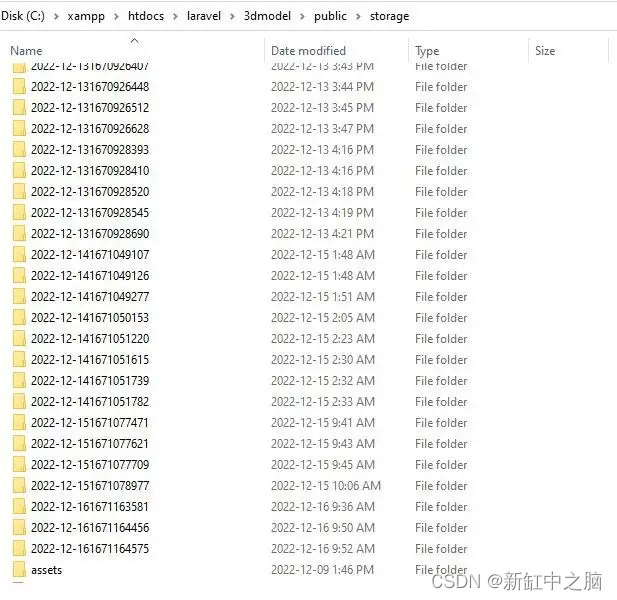
3、加载 3D 模型
在下面的示例中,我向你展示如何从 laravel 存储加载 fbx 模型。 同样,你可以轻松加载其他文件类型。 请理解并尝试首先针对一种文件类型实施它。
if(myData['file_type'] == 'fbx'){
init1();
}else if(myData['file_type'] == 'obj'){
init2();
}
function init1() {
scene = new THREE.Scene();
scene.background = new THREE.Color(0xdddddd);
camera = new THREE.PerspectiveCamera(5, window.innerWidth/window.innerHeight, 1, 5000);
camera.position.z = 1000;
light = new THREE.HemisphereLight(0xffffff, 0x444444, 1.0);
light.position.set(0, 1, 0);
scene.add(light);
light = new THREE.DirectionalLight(0xffffff, 1.0);
light.position.set(0, 1, 0);
scene.add(light);
renderer = new THREE.WebGLRenderer({antialias:true});
renderer.setSize(window.innerWidth, window.innerHeight);
container = document.getElementById( 'canvas' );
renderer.setSize(container.offsetWidth, 400);
container.appendChild( renderer.domElement );
controls = new THREE.OrbitControls(camera, renderer.domElement);
controls.addEventListener('change', renderer);
const fbxLoader = new THREE.FBXLoader();
let text1 = "storage/";
let result = text1.concat(myData['url']);
console.log(result);
fbxLoader.load('{{ asset('storage/') }}'+'/'+myData['url']+'.fbx', (object) => {
scene.add(object);
animate();
});
}
function animate(){
renderer.render(scene,camera);
requestAnimationFrame(animate);
}
这里的方法根据3D模型文件类型而改变。
原文链接:PHP加载3D模型 — BimAnt

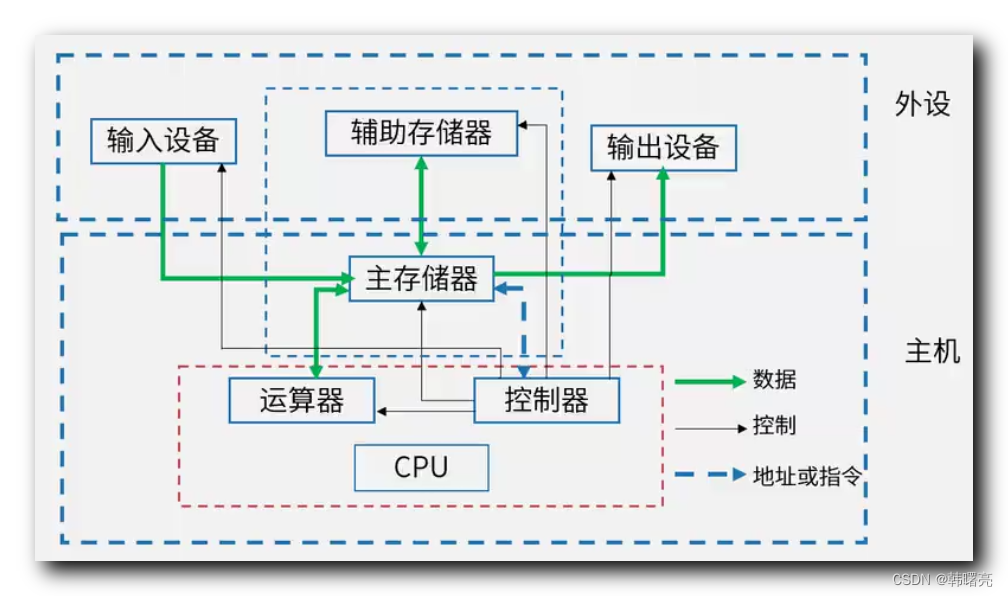
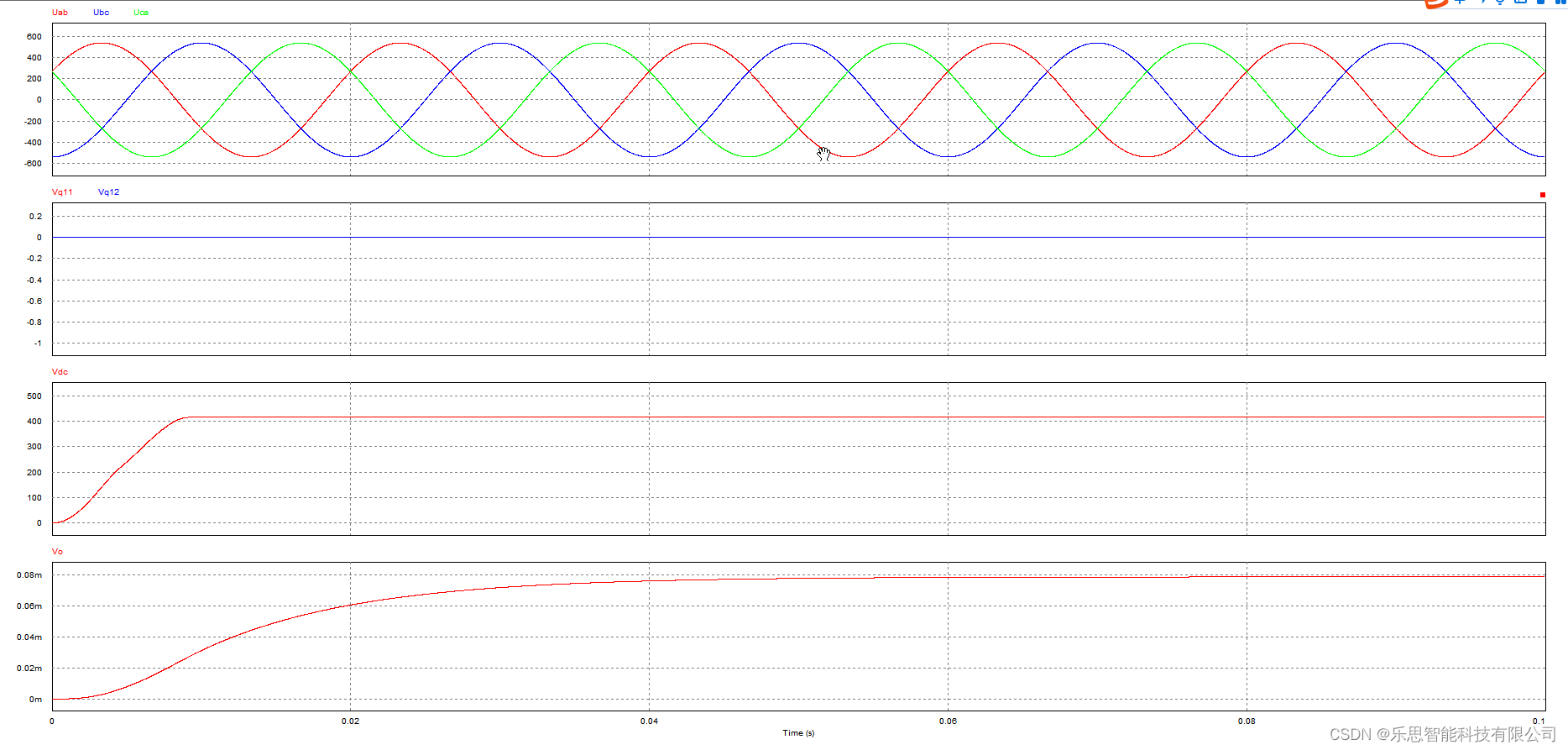

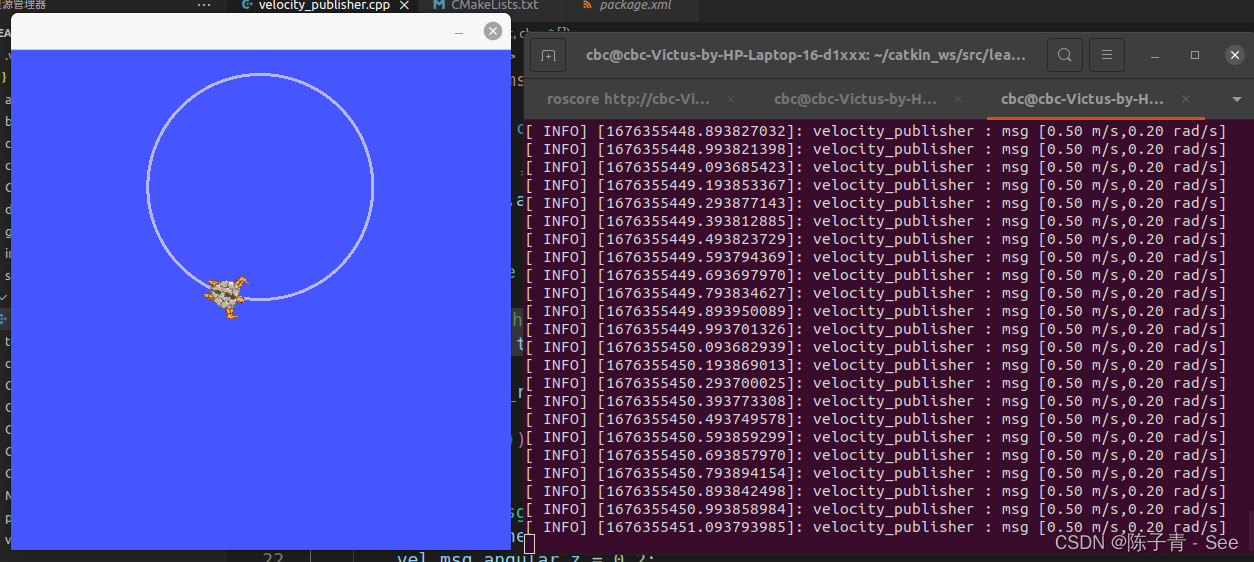
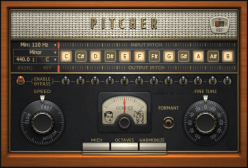
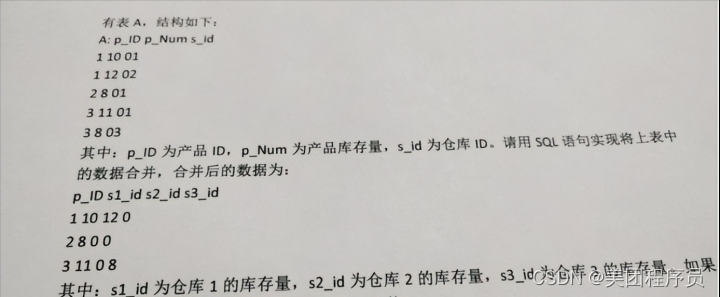
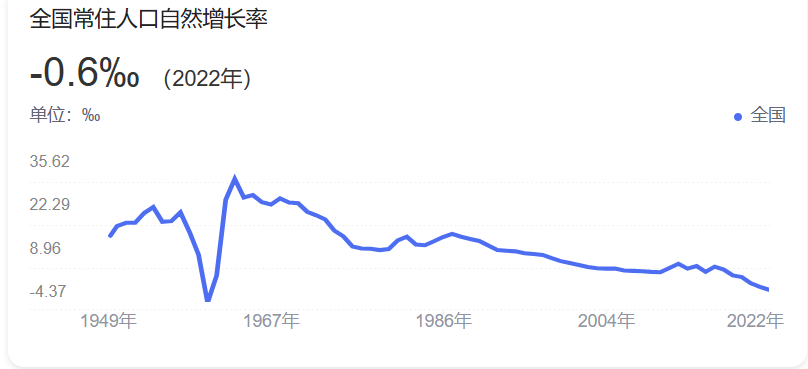




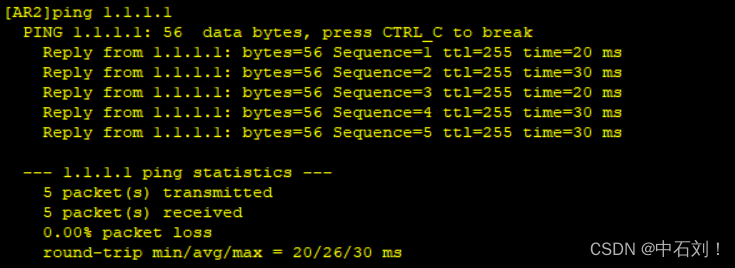



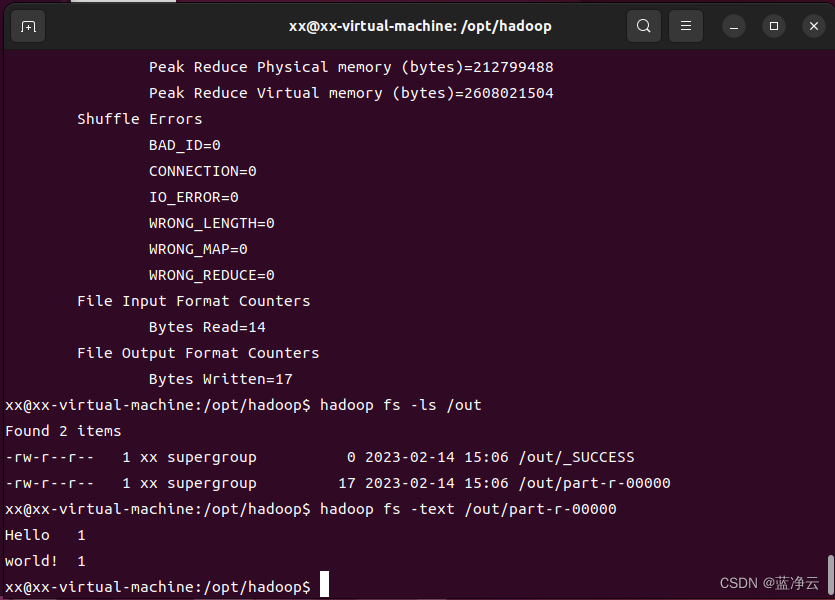

![[CVPR‘22] EG3D: Efficient Geometry-aware 3D Generative Adversarial Networks](https://img-blog.csdnimg.cn/1d57395630814531971c1b44b12e7aee.png)
![GDI+绘图轻松入门[6]-路径变形和表盘的绘制](https://img-blog.csdnimg.cn/ea33b5ce2d7844ef8cc3668e73bcc751.png)